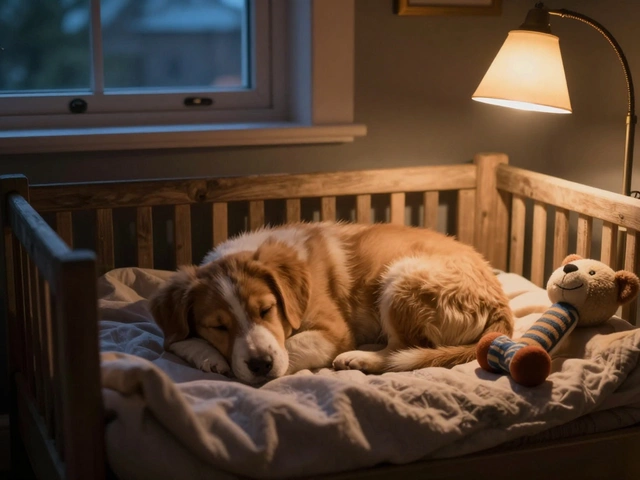Cat Feeding Schedule: Simple Guide to Healthy Meals
Getting your cat on a regular feeding routine might sound boring, but it’s actually the secret to a happy, healthy pet. When you know when and how much to feed, you’ll see fewer hairballs, better weight control, and a cat that’s more playful.
How to Build Your Cat’s Feeding Plan
First, figure out how many calories your cat needs. A typical indoor cat weighs about 8‑10 pounds and needs roughly 20 calories per pound each day. Multiply the weight by 20 and you have a ballpark number. If your cat is very active, add a few extra calories; if they’re a bit chubby, cut a little.
Next, decide how many meals to offer. Most cats do fine with two meals a day—one in the morning and one in the evening. Kittens under six months often need three to four smaller meals because they burn energy fast. senior cats may prefer a single larger meal or several tiny servings if they have dental issues.
Once you know the total daily calories and meal count, split the food. For example, a 9‑pound cat needing 180 calories could get 90 calories at breakfast and 90 at dinner. If you’re feeding wet food, check the can’s label for calories per ounce and measure accordingly. The same goes for dry kibble; use a kitchen scale or the measuring cup that came with the bag.Timing matters, too. Try to feed at the same times each day—around 7 am and 7 pm works for many families. Consistent timing trains your cat’s body clock, reduces begging, and makes bathroom habits easier to predict.
Portion control is easier when you use a digital scale. Scoop the exact gram amount rather than guessing. If you don’t have a scale, most dry foods provide a “cup” measurement on the bag; follow that, but double‑check the calorie count to avoid accidental overfeeding.
Common Mistakes to Avoid
Many owners think all wet food is the same and just pour a can into the bowl. Wet food varies widely in calories—some premium brands have 30‑40 calories per ounce, while cheaper ones might have 15. Always read the label.
Leaving food out all day, also called free‑feeding, seems convenient but can quickly lead to weight gain. Cats will eat more than they need if the bowl is always full. Stick to scheduled meals and remove any leftovers after 30 minutes.
Switching foods without a transition can upset a cat’s stomach. If you need to change brands, mix a small amount of the new food with the old for a week, then increase the ratio gradually.
Finally, don’t ignore water. Wet food provides some moisture, but cats still need fresh water daily. A water fountain can encourage more drinking, especially for cats that prefer moving water.
Here’s a quick checklist to keep you on track:
- Calculate daily calories based on weight and activity.
- Choose 2‑4 meals per day depending on age.
- Measure each portion with a scale or accurate cup.
- Feed at the same times every day.
- Remove uneaten food after 30 minutes.
- Provide fresh water at all times.
Stick to this routine for a few weeks and watch your cat’s coat shine, their litter box stay tidy, and their weight stay steady. A solid cat feeding schedule takes a little effort up front, but the payoff is a healthier, happier feline companion.

How Often Should You Feed Your Cat? Best Feeding Schedule Explained
Curious how many times a day you should feed your cat? Learn the best feeding schedules, tips for picky eaters, insights for kittens, adults, and seniors.
read more



